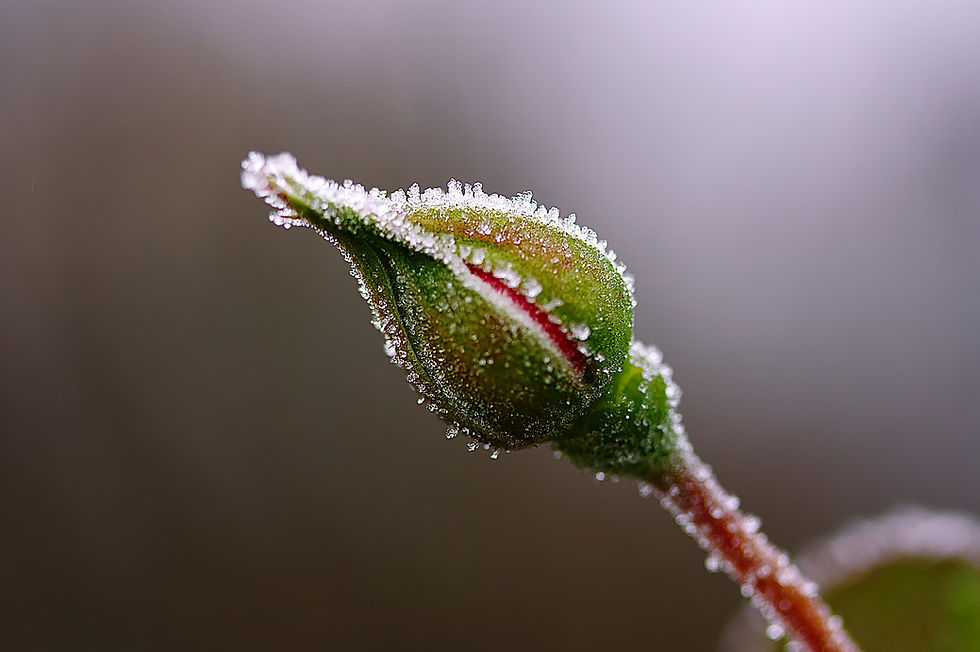Winter Care for Roses
- Southern Roots

- Jan 7, 2021
- 2 min read
Updated: Jan 11, 2021
source: Farmer's Almanac

Vigorous, healthy roses will be more cold hardy than weak, stressed, or diseased plants. Good culture throughout the growing season is another critical foundation for their winter survival.
Planting roses in an appropriate site with well-drained soil helps to ensure they can survive winter’s wrath. Planting roses in heavy, poorly drained soil makes the prospect of successful overwintering much more unlikely.
Always protect plants from insect and disease damage, while maintaining proper watering and fertilizing during the growing season.
It is critical to stop fertilizing roses by the end of July. Although it is important to keep a plant vigorous and healthy through the growing season, fertilizing too late in the season can promote excessive late growth that may not harden off fully before winter, subjecting plants to severe potential harm from a cold winter.
It is also important to allow September blooms to remain on plants. No more pruning or dead-heading after Labor Day! Removing spent blooms encourages new growth which may cause roses to suffer similar winter damage if they are not properly hardened off. By allowing September blooms to remain on the plants, plants are forced to begin preparing for their winter dormancy period.
Fall Clean-Up for Roses

Thoroughly clean up leaves and flowers after a killing frost. Once temperatures have fallen into the lower twenties. By this time rose plants will have stopped growing. If a black spot has been a problem with your roses the past season, careful clean-up can help reduce disease symptoms during next year’s season.
Plants and the surrounding soil can also be sprayed with a horticultural oil spray like Neem Oil, to further reduce the survival of overwintering of pests and diseases. Always read and follow label directions carefully when using pesticide sprays.
It may seem counterintuitive but watering plants thoroughly just before the ground freezes, in late fall will help protect roses from desiccation or drying out during winter.
Winter Rose Protection Methods
Tying Canes
Tie the canes together with a soft cloth before the ground freezes. This helps make plants more manageable to work with when taking further protective measures.
Hilling Up
The most traditional way to protect rose crowns is in winter is “hilling up.” This is done by mounding six to ten inches of soil or compost over the crowns of plants. The soil or compost should not be taken from around the bases of the plants but from another location. If roses were planted properly, with the graft 2 to 3 inches below the soil surface, 6 inches of soil over the graft should be sufficient. If the graft was not buried at planting or you know from past experience that a variety is particularly tender, increase the covering to 8 to 10 inches.
Mulching
After the ground has frozen lightly, cover the mounded plant with an organic mulch like straw, marsh hay, bark, pine boughs, or shredded leaves. Apply this mulch 6 to 12 inches deep over the canes. If your plants are in an open or windy site, use a wire cage, a collar of fiberglass or tar paper, or burlap covering to hold the mulch in place.
If you haven’t already started preparing, it’s best to get started soon. With a little bit of extra care, your roses will make it through winter and flourish in spring.



Comments